Now writing travel notes has become a task! I seem to have returned to primary school again, and I have to hand in my composition when I come back from the spring outing. Gaga! Cut the crap and keep writing. . . It was said that after we had lunch in Asakusa at noon the next day, the tour guide called us to get on the bus and go to the Tokyo Metropolitan Hall. Along the way, I took all the small cameras and took random pictures. Suddenly I found a road sign.
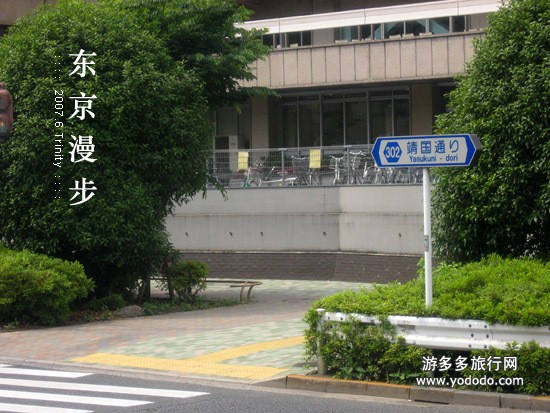
It turns out that this is the infamous Yasukuni Shrine in China! The tour guide also realized that he had no time to get off the bus and look outside because of the tight schedule.
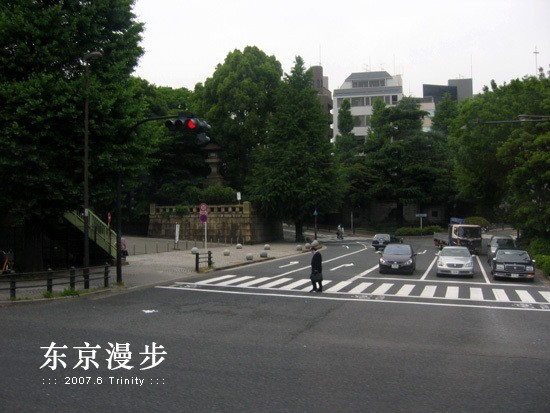
We passed by the Yasukuni Shrine. We didn’t get a picture of the face of the South Gate, only the intersection of the South Gate. . . The car passed Torii in the west.
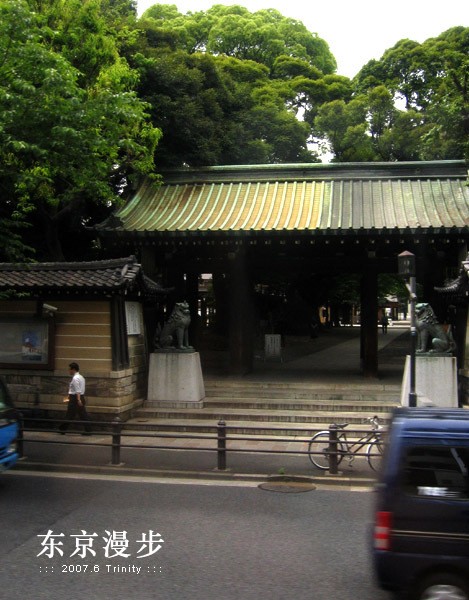
Continue to the north to see a small gate on the west side. . . The area inside seems very large. The tour guide said that the Yasukuni Shrine does not have much political meaning in Tokyo. Although there are ashes of soldiers (including 14 Class a war criminals) who died for Japan during World War II, there are actually many ashes of ordinary people. Therefore, the nature of the Yasukuni Shrine is somewhat similar to Babaoshan in Beijing, and ordinary people can buy cemeteries as long as they spend money. Japan’s Hirohito (1901-1989) visited the Yasukuni Shrine eight times after the end of World War II, but in his later years he expressed strong dissatisfaction with the Yasukuni Shrine’s joint sacrifice to Class a war criminals. He never visited the shrine again after November 1975. Moreover, people often hold rallies and demonstrations in front of the Yasukuni Shrine, demanding that the ashes of war criminals be removed from the Yasukuni Shrine. Therefore, in Japan, it is those rightists who stir up trouble with the Yasukuni Shrine. The new Prime Minister Shinzo Abe, because of his color and status as a right-wing conservative politician, Originally, he tried his best to excuse Koizumi’s visit to the Yasukuni Shrine. However, in the face of calls from more than half of the Japanese people opposing the prime minister’s visit to the Yasukuni Shrine, In order to win more votes, he also needs to assume a more pro-citizen attitude. After his election, he exchanged visits with the Chinese government on the so-called “ice-breaking trip” and “ice-melting trip”. The main purpose is to ease the situation with China and change the current economic recession in Japan with external forces. However, the tour guide also said that in order not to annoy Japan’s right wing (after all, he came to power with the support of the right wing), although he did not visit the Yasukuni Shrine again, he also secretly sent sacrifices to the Yasukuni Shrine out of his own pocket. Therefore, politics pursues a balance. Perhaps there are a few “gourmet” like Koizumi.
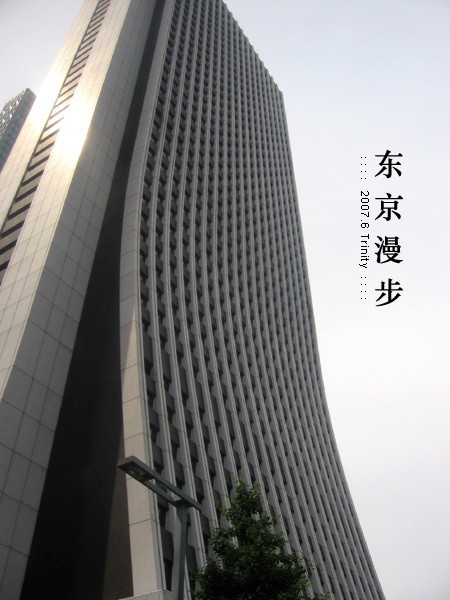
Near the Tokyo Metropolitan Hall, skyscrapers line up.
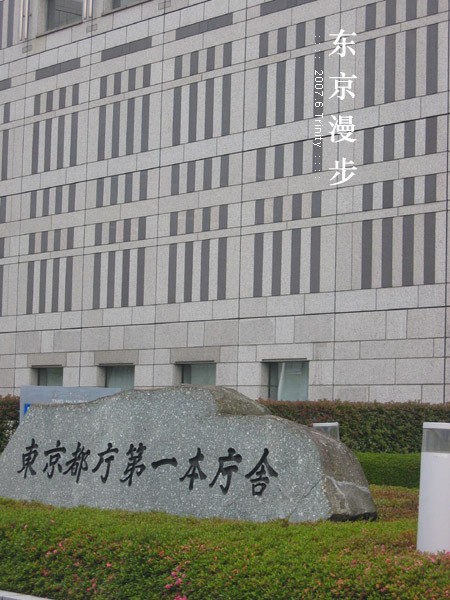
Let’s look at the brief introduction first. Tokyo’s main hall building consists of three main hall buildings. The first hall building: 243 meters (797 feet) high, 48 floors above the ground and 3 floors below the ground. The second hall building: 163 meters (535 feet) high, 34 floors above the ground and 3 floors below the ground. Metropolitan Assembly Hall: 41 meters (135 feet) high, 7 floors above the ground and 1 floor below the ground. Commencement time: April 1988, Completion time: March 1991
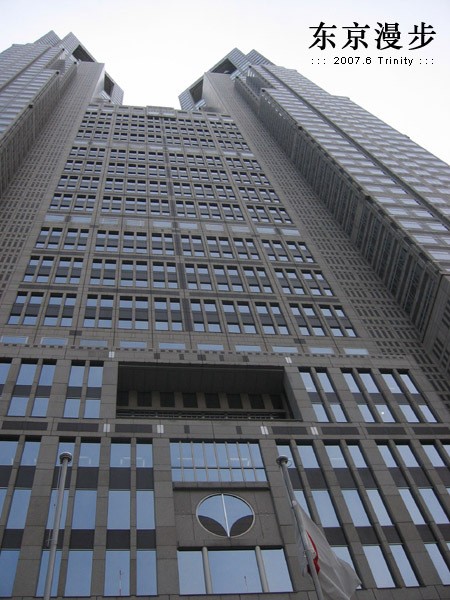
The outlook room in the first hall can give a 360-degree view of Tokyo from the north-south outlook room 202 meters above the ground and 45th floor. Overlooking Tokyo, you can not only see the nearby Shinjuku Imperial Garden, Imperial Residence, Meiji Shrine, Daiichi Park, Tokyo Tower, etc. When the weather is clear, you can also overlook the spectacular scenery of Tokyo Bay Cross-Sea Rainbow Bridge and the beautiful Mount Fuji. There is a coffee shop in the outlook room. Tourists can enjoy the scenery of Tokyo while tasting the delicious coffee. The North Outlook Room is open until 10 pm, and the night view is very charming.
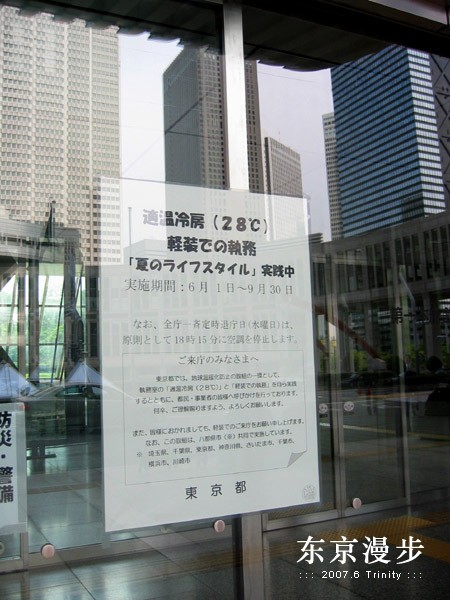
Tokyo Metropolitan Hall is equivalent to the Beijing Municipal Government, but it is open to the public all day long and anyone can enter and leave at will. On the glass door of the metropolitan hall was pasted a notice of “summer lifestyle” that said, “28-degree simple installation of air conditioner with suitable temperature”. Now it is not the warming of the earth, environmental pollution and other issues. In order to protect the ecological environment, the Japanese government has issued a new working system, that is, the minimum temperature of office air conditioning is set at 28 degrees! Moreover, Japanese must wear suits and ties to work. Considering that everyone cannot be sweating like a pig, they call for simple clothes, that is, they do not need to wear suits, shirts and ties. The following text of the notice is: The implementation time is from June 1 to September 30. In addition, the air conditioning will be stopped at 18: 15 in principle on Wednesday, the “Day of Collective Regular Withdrawal of the Whole Hall”. Then there is the explanation for the visitors here: As part of efforts to prevent global warming, The office has implemented “28 degrees of temperature-appropriate air conditioning” and “simple clothing work” and called on citizens and business personnel to respond together. Therefore, it is also hoped that people who come to the metropolitan hall will also wear simple clothing. Moreover, this measure will be implemented simultaneously in Badu counties and cities (Saitama County, Chiba County, Tokyo, Kanagawa County, Saitama City, Chiba City, Yokohama City and Kawasaki City). It can be seen that the Japanese government is really taking pains to protect the environment. Beijing stipulates that air conditioning in large public facilities and office buildings should be set above 26 degrees, and I think it is already very hot! They actually stipulated 28 degrees, which basically did not require air conditioning, and the highest temperature in our days in Tokyo was only 24 or 25 degrees.
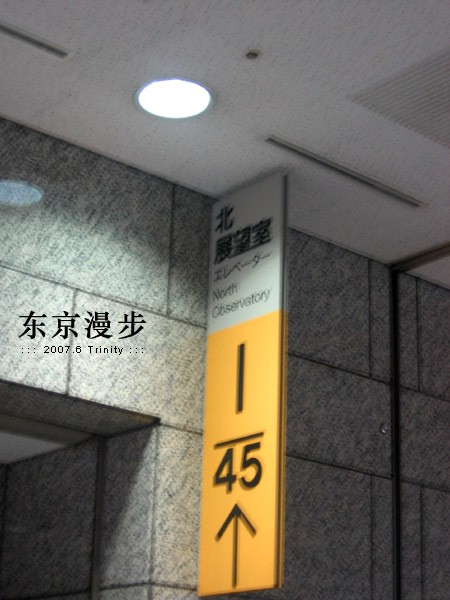
Take the high-speed elevator in the lobby to reach the North Outlook Platform on the 45th floor. The elevator took 55 seconds to rise 45 floors, and my ears were very uncomfortable.
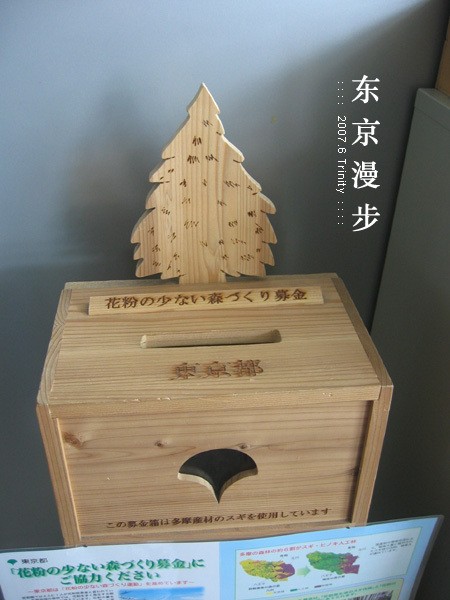
In one corner of the Outlook Hall is a collection box to raise funds for cultivating forests with less pollen. Because the environment in Japan is very clean, many Japanese have rhinitis and pollinosis. Their weather forecast will definitely have a forecast of pollen status in spring (Beijing also has ha now), so it is also a great event for them to have fewer plants with pollen.
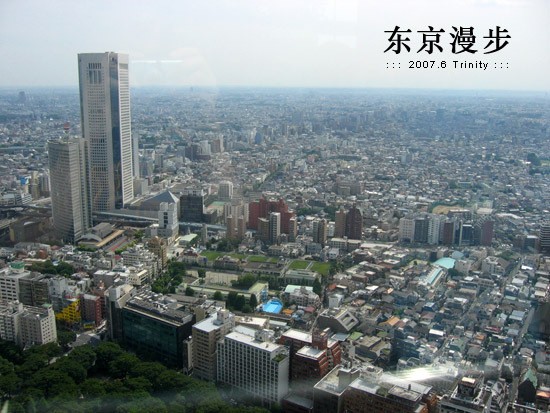
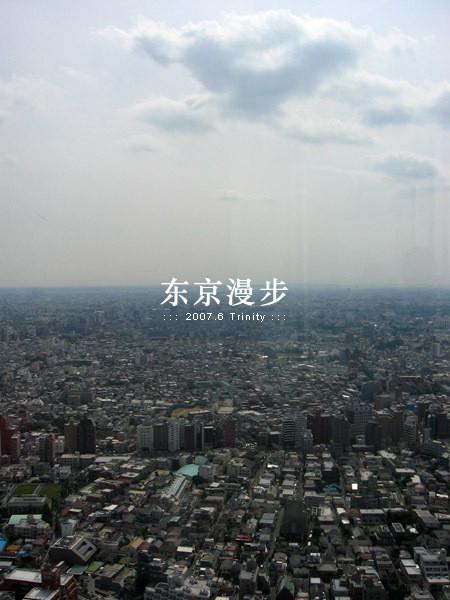
Overlooking Tokyo through the window. On the windowsill of each large window, there are wide-angle photos of the scenery outside the window, and the main sign buildings are marked, which is convenient for tourists to watch. The service is really meticulous and considerate.
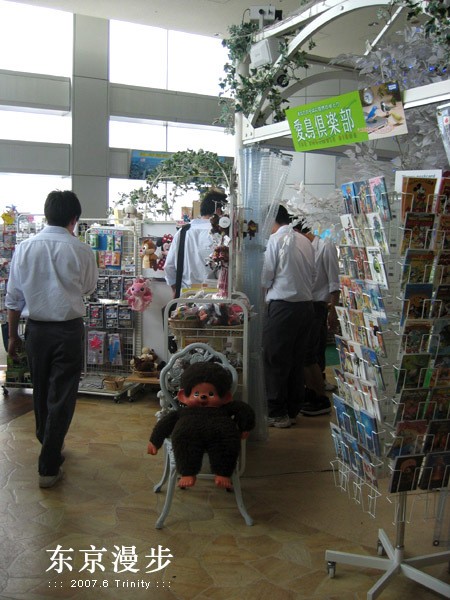
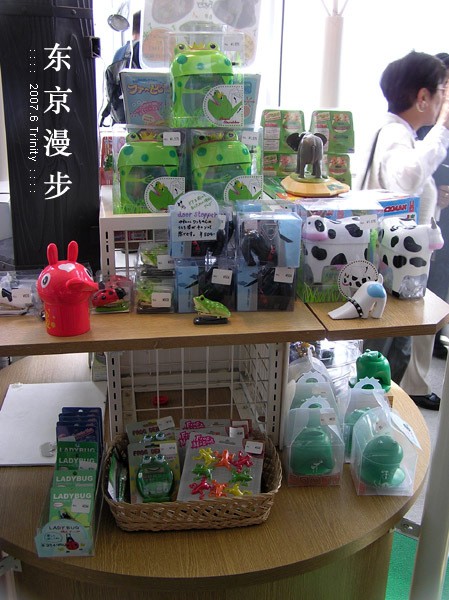
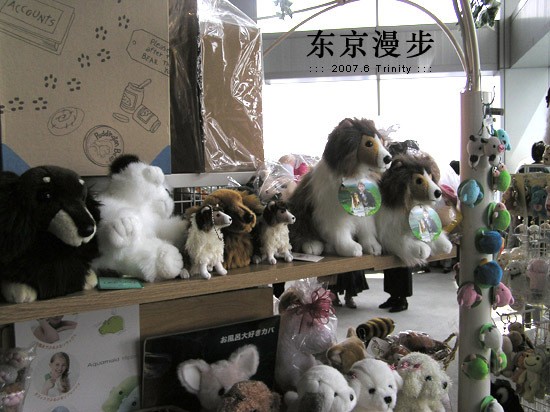
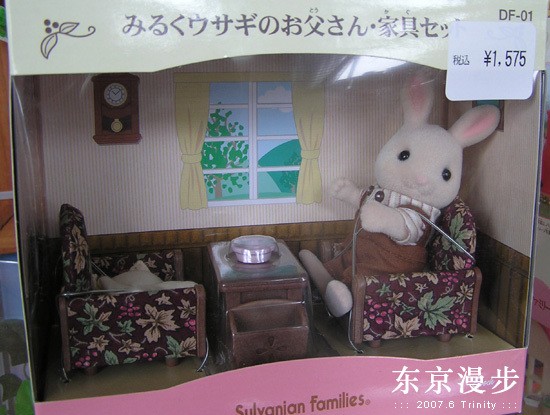
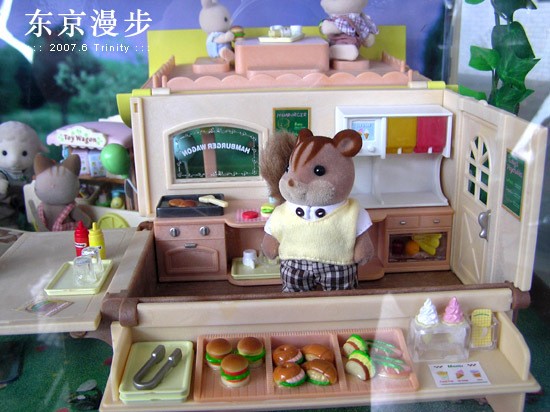
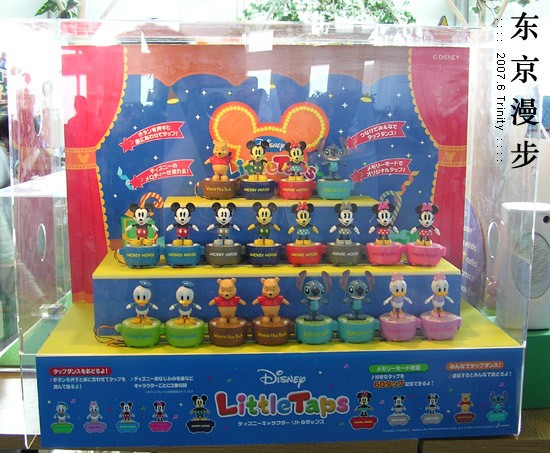
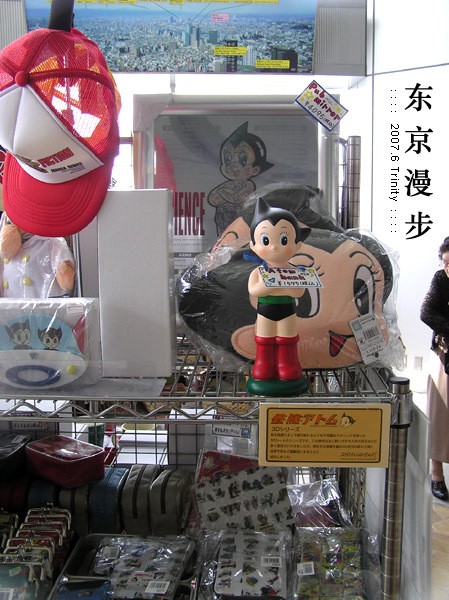
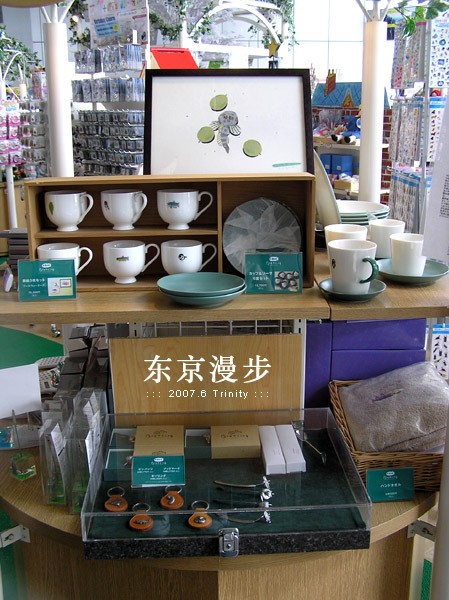
This seems to be the work of some designer. The six cups and dishes in the small brown box on it cost 16,000 yen! About one thousand yuan. . . However, the different small fish patterns on the cup are hand-painted, which is very cute.
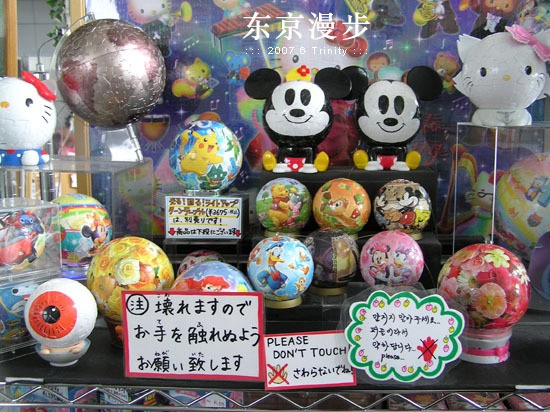
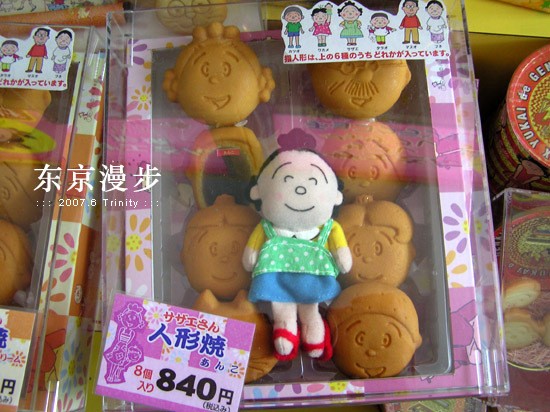
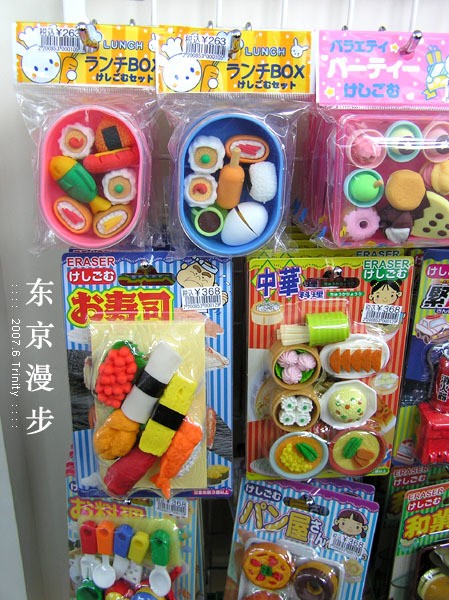
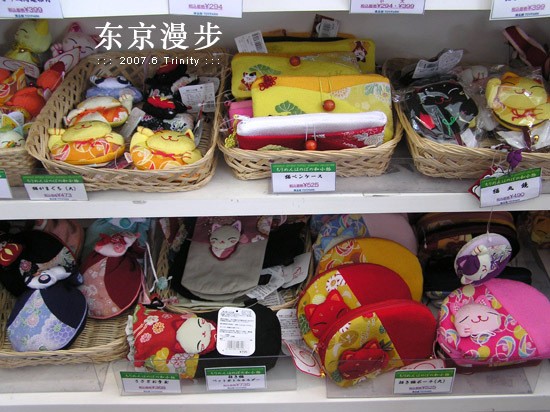
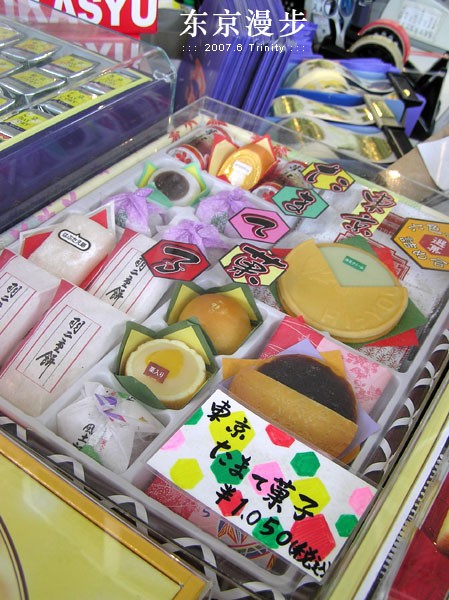
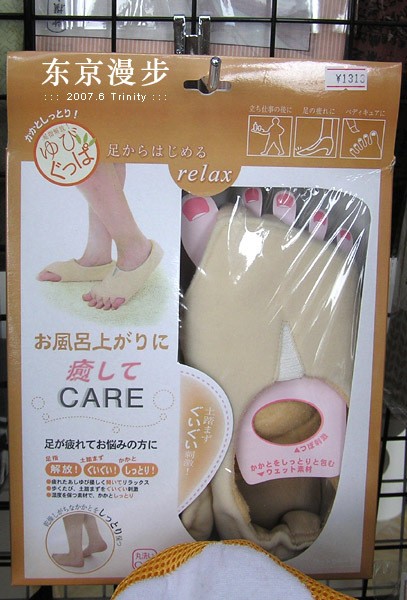
This is fun! I can’t guess why. It is something to relieve footwork fatigue. After wearing it, the toes can be completely separated. The material seems to have massage effect. You can wear it after standing for a long time or after wearing high heels, or you can wear it when dyeing toenails. After taking a bath, you can still keep your footwork moist. One thing can be used for many purposes.
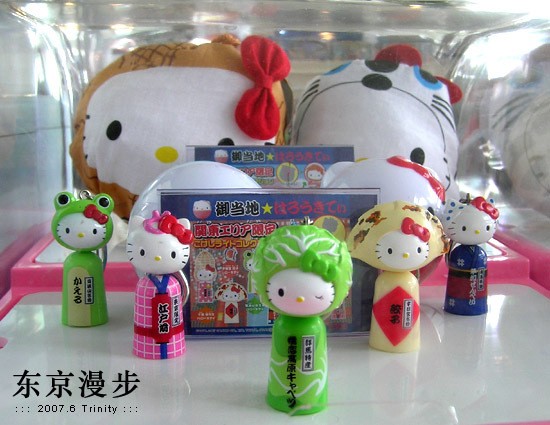
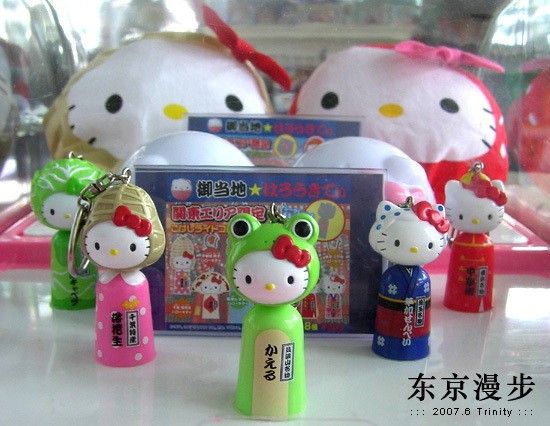
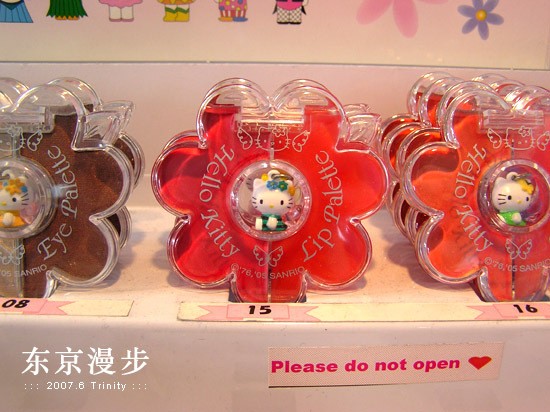
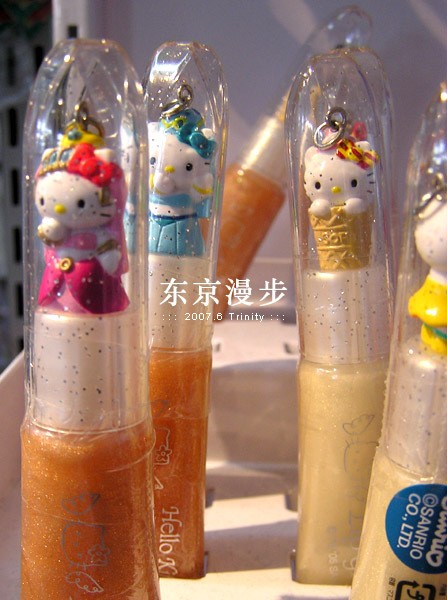
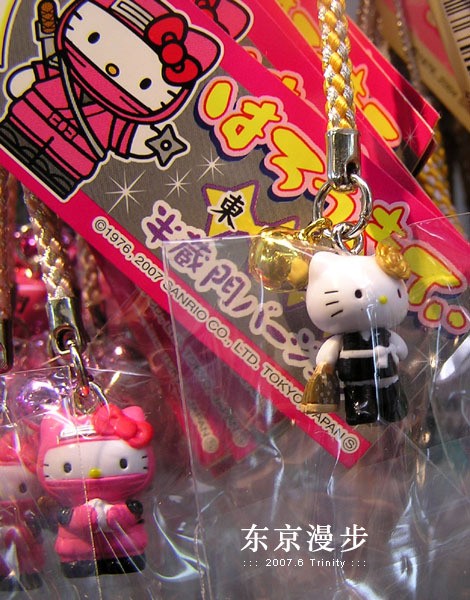
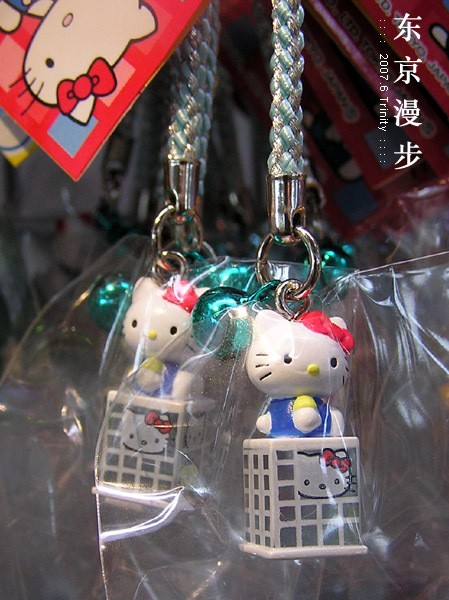
The Japanese always have this ability to make a popular commodity to the utmost. For example, Hello Kitty’s key chain has “limited” shapes of different scenic spots and activities everywhere, and new shapes are constantly introduced, so it is also a skill to collect all the limited shapes. I bought a “Asakusa Limited” hello kitty in Asakusa Temple Commercial Street. Although I am not good at this now, I’d better buy a souvenir.
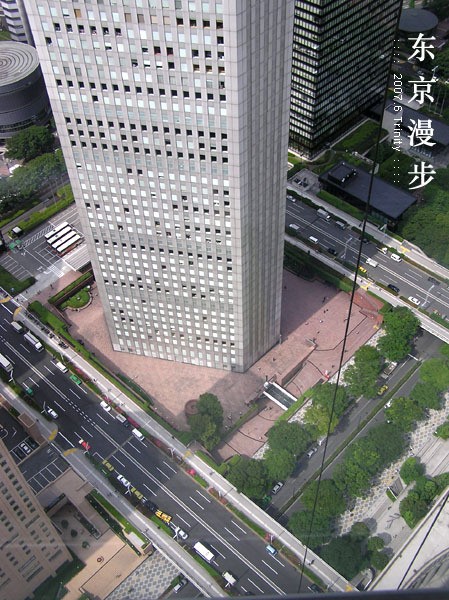
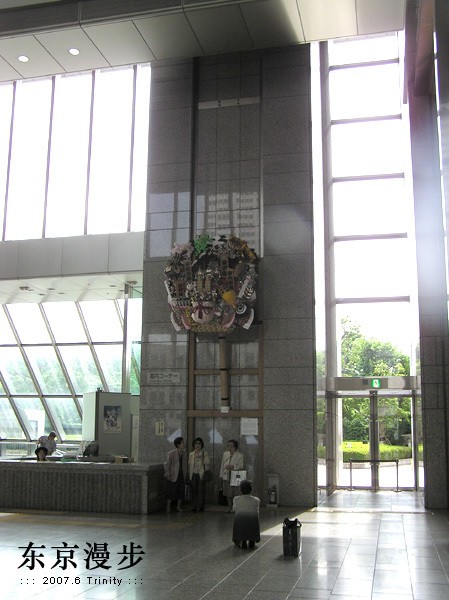
Returning to the lobby on the first floor, there is a huge decoration next to the reception desk, under which many tourists will take photos.

Well, the Tokyo Metropolitan Hall is over, and we are going to get on the bus and leave again! Out of the city, into the mountain…
Recent Comments